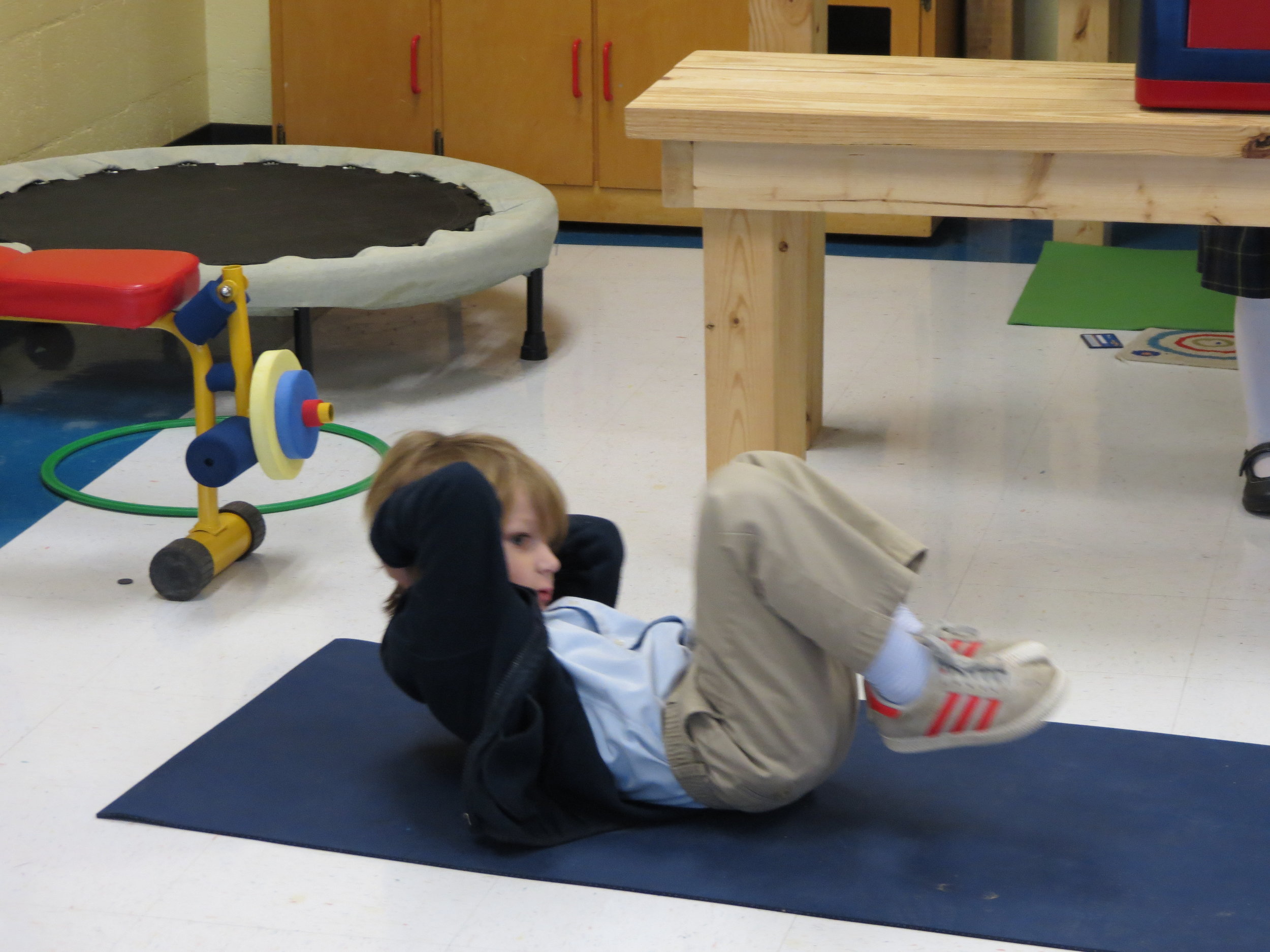Our focus question for the week was what do our bodies need in order to move and exercise? Here are our answers:
“Water” – Emily
“Vegetables” – Abbi
“Salad” – Madeleine
“Fruit” – Emily
We read Rah, Rah, Radishes A Vegetable Chant by April Pulley Sayre and Guacamole by Jorge Argueta. I absolutely love bringing a book to life for the children. We made our own guacamole after reading the book. The children loved this activity and this helps with their comprehension and response to books and other texts. Comprehension, the process of finding meaning, is the goal of reading instruction. Comprehension of oral language and simple texts is essential to future reading success; children learn to process what they hear and read. Children who engage in frequent activities with books have larger, more literate vocabularies. These children learn to read better than children who have few book experiences.
We learned all about the letter B and number 16. We added dry beans, scoops, measuring cups and shovels to our sensory bin. The children were able to fill, dump, transfer, sort and count the beans! The children water colored a boot, traced Bb, and did the B page in their Handwriting Without Tears books. They also colored and cut out bats to hang from the ceiling in our science center.
In our science center we added a skeleton (Mr. Bones) so we could study and examine the bones. We learned that the human body has 206 bones, and learned the names of a few in the human skeleton.
The children colored, counted and graphed hearts in math, and got to use geoboards also. Being able to graph is so important because it teaches them how to use number concepts and operations. Children’s understanding of counting, number symbols, and number operations are fundamental to their success with more complex mathematics. To count well, children must learn the verbal number sequence, one-to-one correspondence, i.e., that one number name is matched to a single object in a set being counted, and cardinality, i.e., that the last number named when counting objects tells how many. Playing with a geoboard is helping with spatial relationships and shapes. Understanding spatial relationships and shapes helps children build the foundation for understanding geometry.
























































































